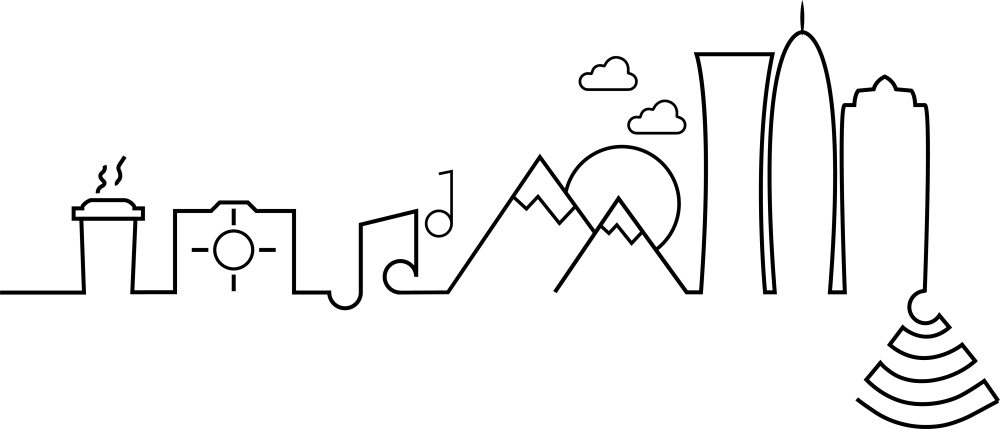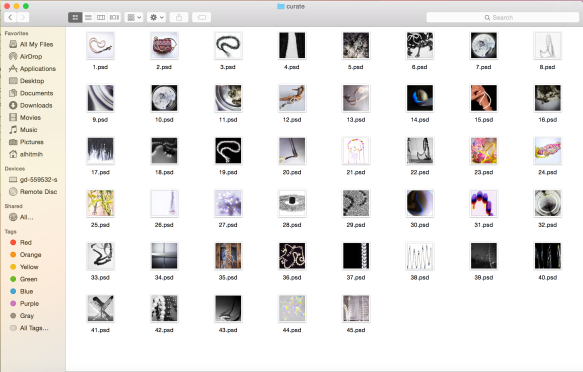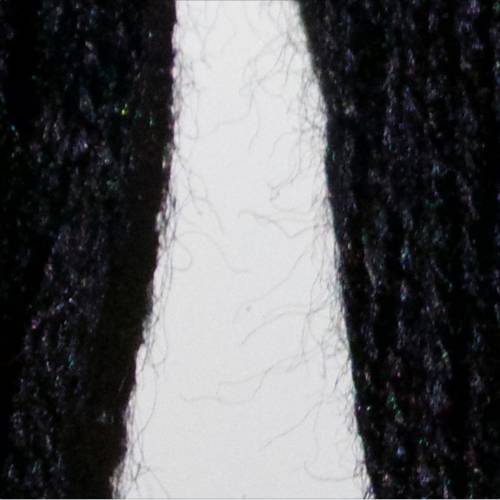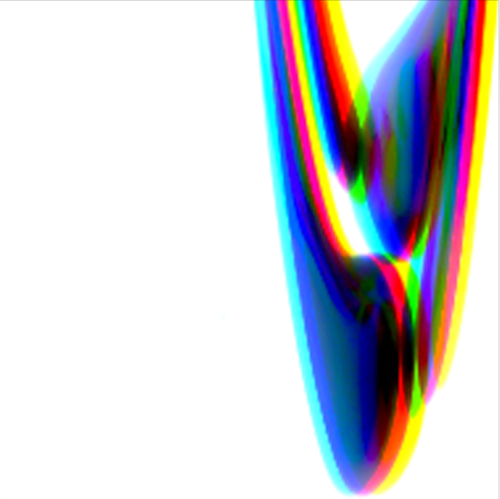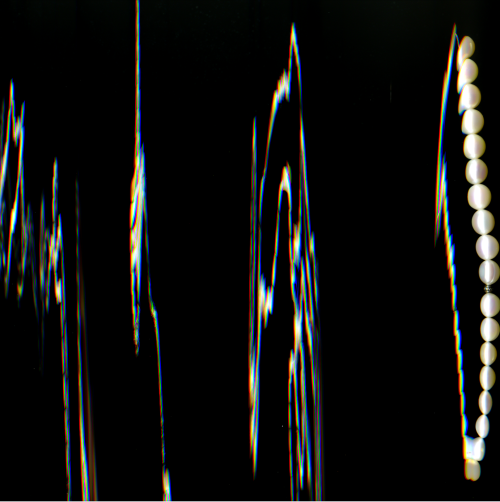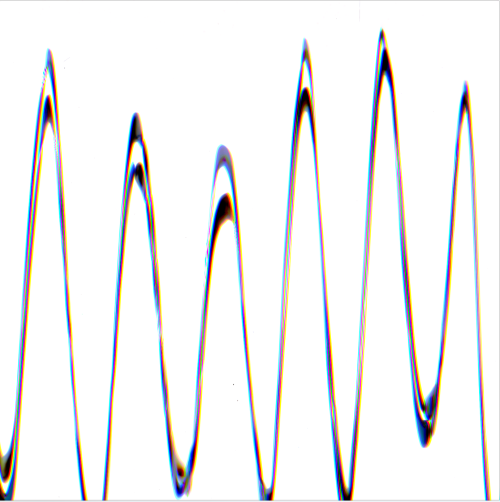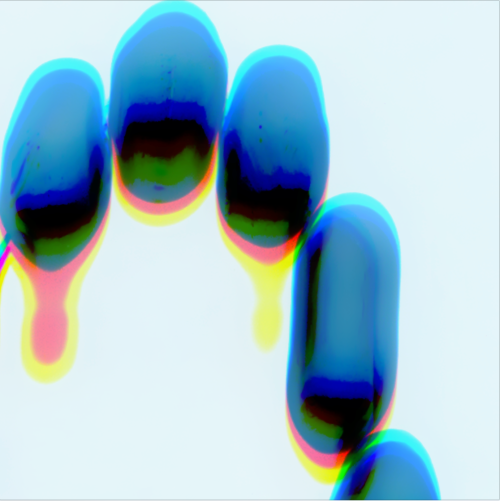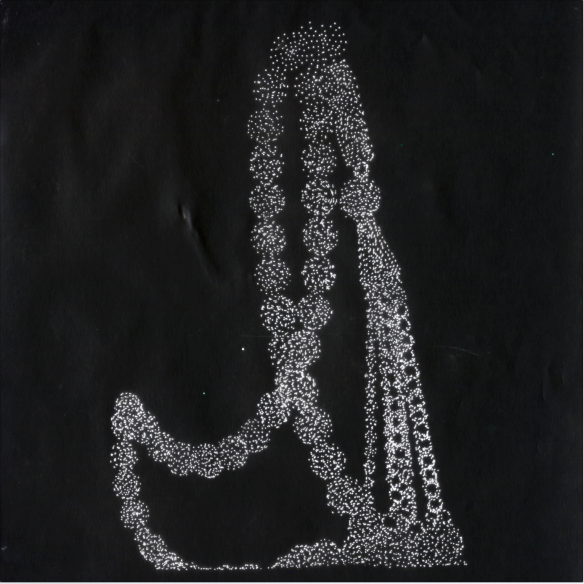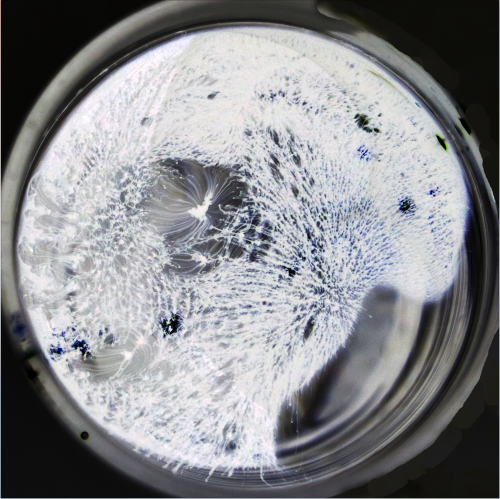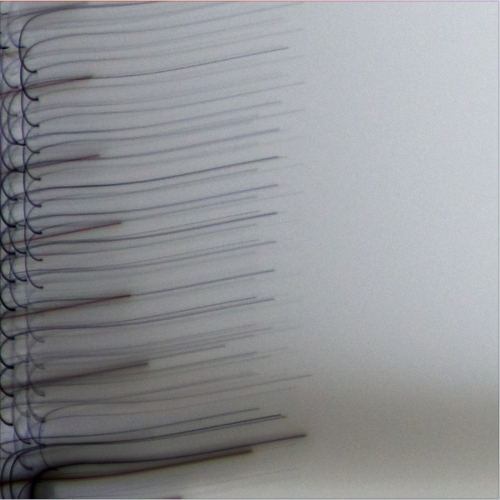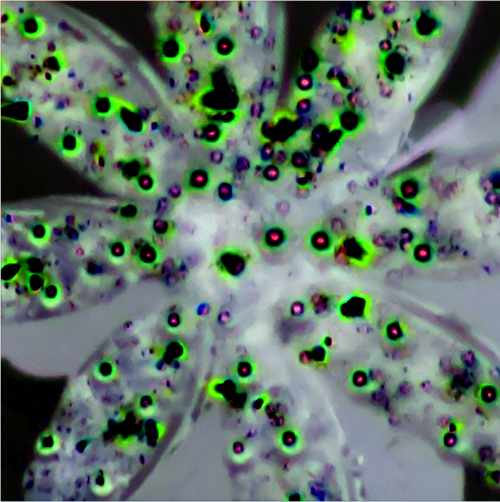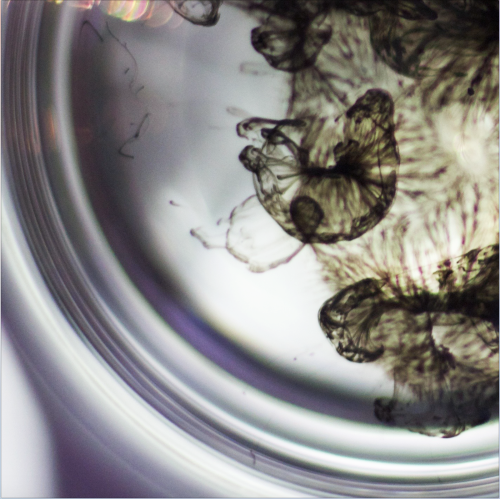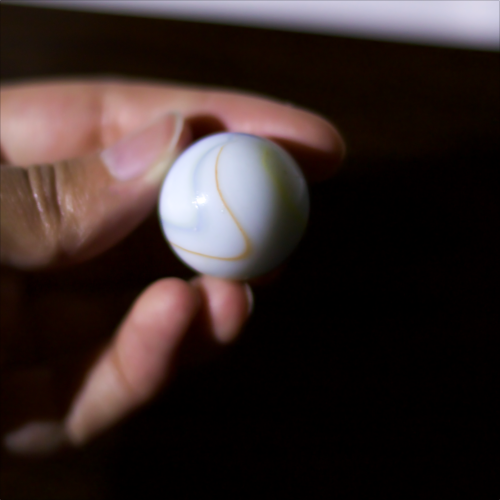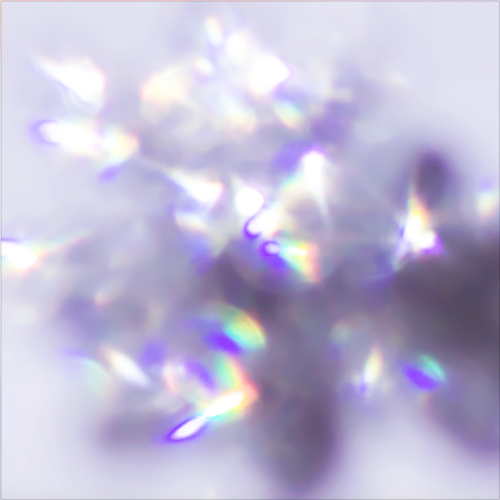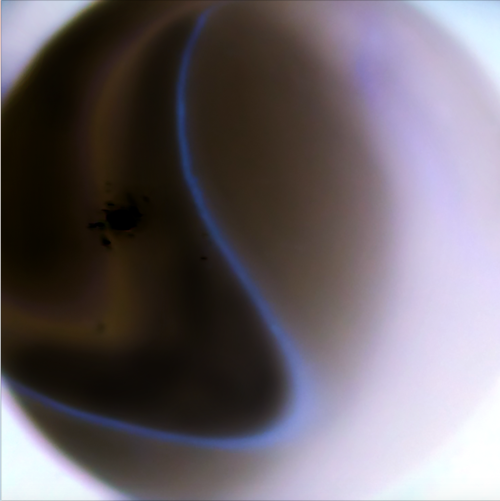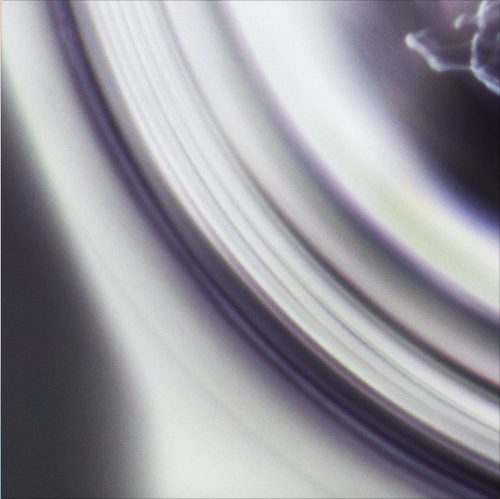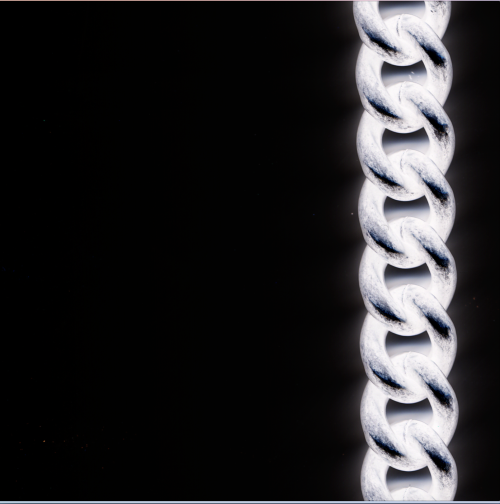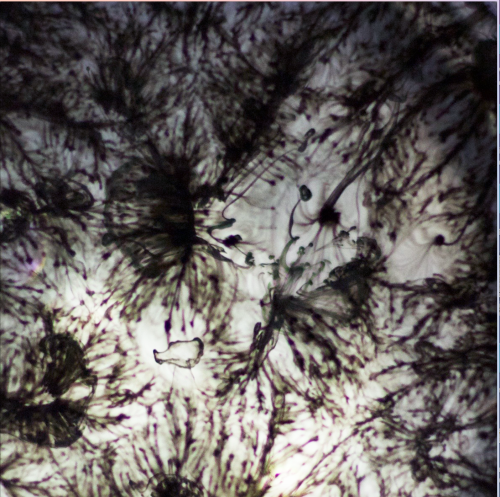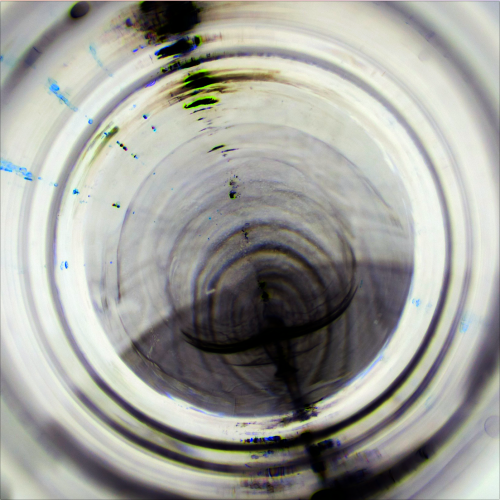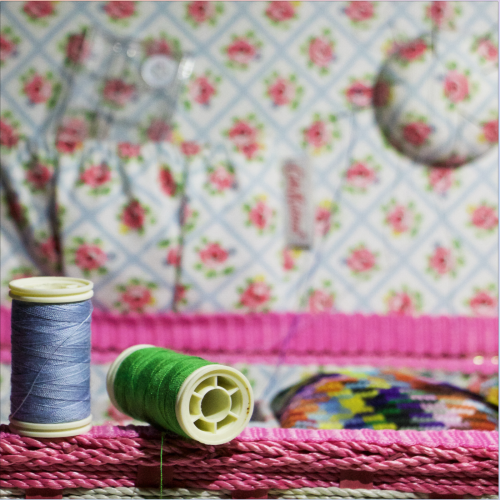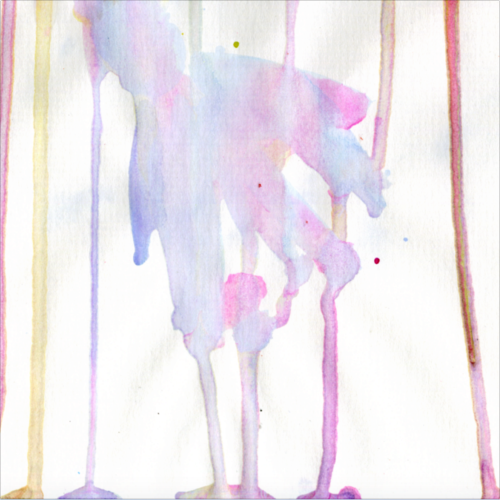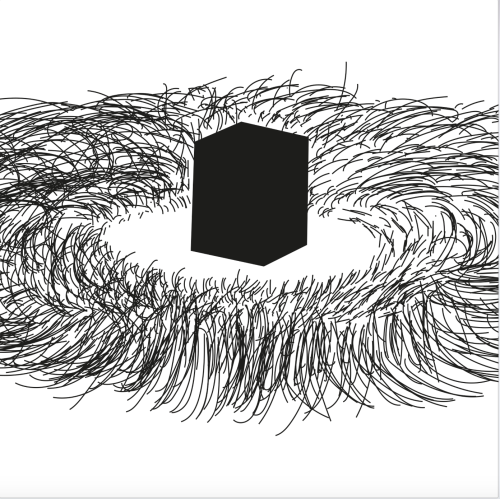Let me start by saying that even though it felt ages ago when we have first started this collaboration project with Methods and Process, but i managed to gain knowledge and learn aspects of image making in the most challenging but useful way. By having an object ready and picked out from the other course were we have dissected it verbally, but here we are dissecting it visually.
Therefore, the process of not knowing what is the final outcome but at the same time getting weekly assignments just pushes the individual to even work harder. As we tend to have a sense of curiosity, and so we try to maximize the pure experimenting to have a large variety. The more challenging the category gets, the better result you produce. I feel if we started the project of knowing that the end result will be a poster of 27 images, it would have looked boring and over planned. Knowing myself, i would plan ahead and start imagining how the poster would look like, instead of allowing the images to speak for itself.
As mentioned earlier that this whole project is a challenge because we keep getting assignment and every time we are expected to produce something out of the ordinary. Another aspect was that Noof Al Heidous and I had similar objects which was worrying that we might produce similar images, but that never happened. When we started curating the images for the final poster at first i felt like it was impossible, but i managed because i can see a huge difference between the first week assignment to the last. However combining images to create one whole poster is challenge by itself, as we have to syntactically create a relationship to formally create relationships between images.
Overall, i managed to create images that are able to communicate stronger than text itself. Hence i have produced my own person style and visual voice, where it translate my personality and my perspective towards the chosen object, the prayer beads. By centering the poster in dark with black and white images and then it transforms to light and pale colors shows that you have to dig deep to really understand the essence of one person.
